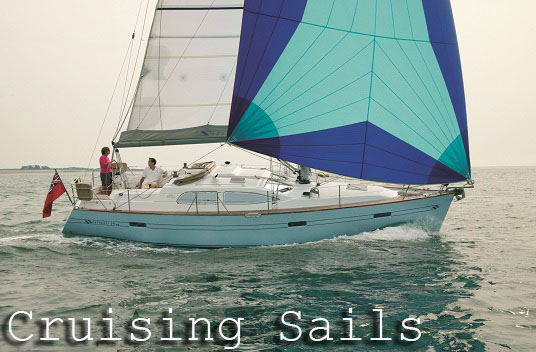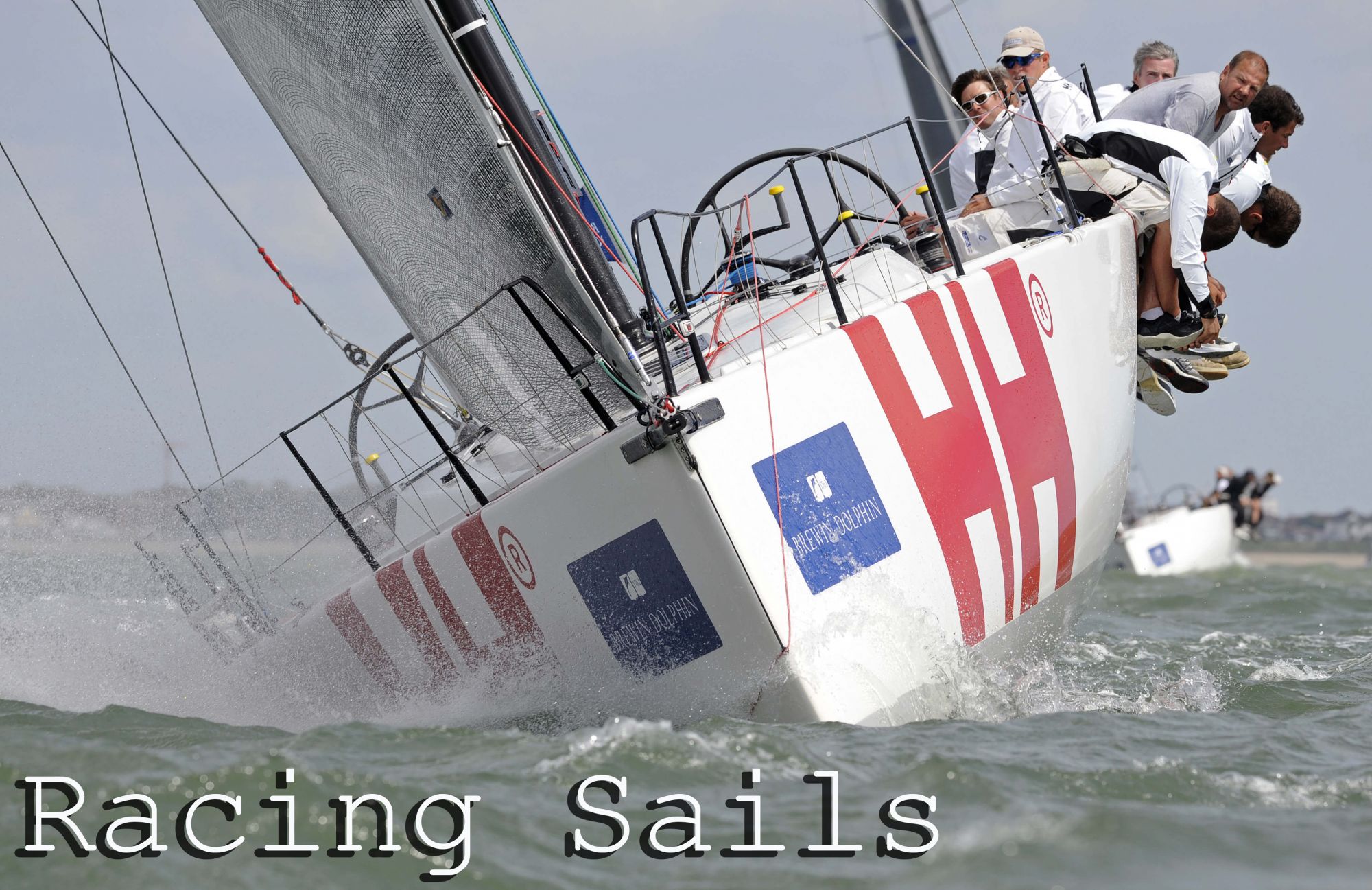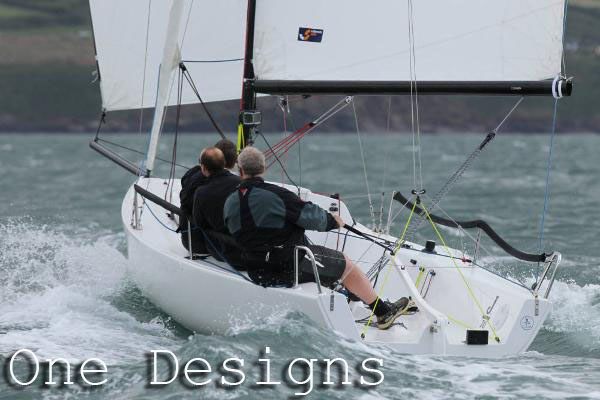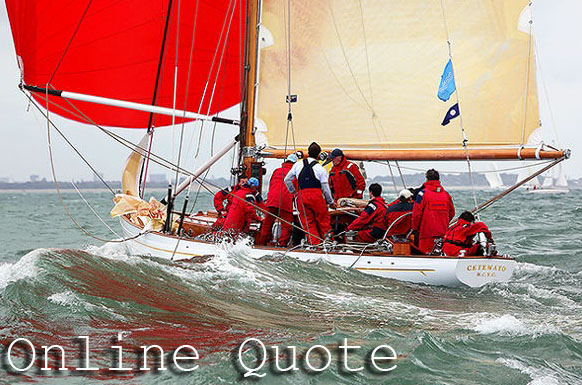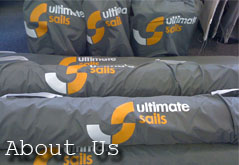30th April 2024« All News Items
Talking Sails with Kevin Sproul
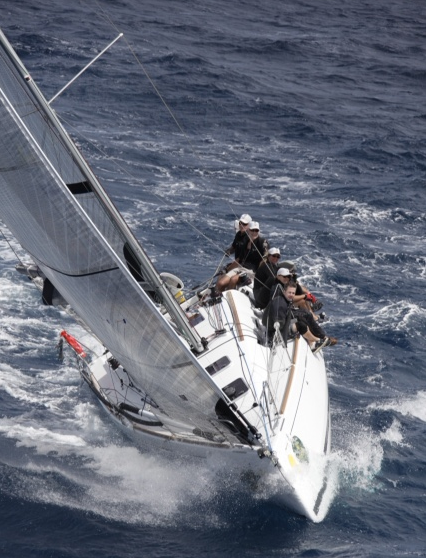 Kevin Sproul was interviewed by Toby Heppell from Yachts and Yachting Magazine about sails, understanding the options available how they are combined with good sail trim to gain maximum performance on the water.
Kevin Sproul was interviewed by Toby Heppell from Yachts and Yachting Magazine about sails, understanding the options available how they are combined with good sail trim to gain maximum performance on the water.
One of the great things about sailing is that it offers ‘sailors’ so many different possibilities. Some race to win, some race to take part and enjoy a social occasion, building friendships and teams, others are not interested in racing but choose to cruise instead. Whatever the style of sailing almost everyone wants their boat to sail as fast as possible so having the correct sail wardrobe will have a big effect on performance and comfort.
Here are some questions that often crop up when discussing sails.
-
What type of sailing are you looking to do and how competitive do you want to be?
-
Your crew, the number on board and their experience?
-
The boat. In terms of your rating, are you’re the fastest, the slowest or somewhere in the middle?
-
What are your options when it comes to your boats rating?
Boat ratings
Boat ratings play an important role when it comes to handicap racing, and they should be addressed very early on in any sailing campaign. Seeking advice from multiple sources can help boat owners build the complete picture. One important consideration in IRC is overlapping or non-overlapping headsails. On one hand, you may currently have a relatively high rating with overlapping headsails which are effective in light winds but hard to handle, not very durable and you need more of them to cover the wind range. Or, you may choose to go down the non-overlapping headsail route with a lower rating. You’ll need fewer sails to cover the wind range, they’re easier to handle and last a lot longer. They’re not as fast in light winds but the rating gain Vs performance tends to be favourable overall. Finding the balance is not always as straightforward as you might hope; however, this is where our experience in this area can help and talk through your plans we can start to build a picture of your goals and expectations, and help you choose the best option for your boat and sailing style.
Inshore, offshore or both
Consider the type of racing you are participating in. Inshore racing is usually sailed within certain wind strengths, without the extremes. Offshore, the conditions can be anything across the whole wind spectrum.
At Ultimate Sails, we could make a sweeping statement here that based on the above information a larger sail wardrobe could be seen as more beneficial in offshore racing than inshore. There are further factors to consider, the boat and the crew.
The crew
Crew numbers vary, from a fully crewed boat to sailing short-handed, and the number of crew will influence the strategy on board. Kevin notes that at Ultimate Sails we have seen an increase in short-handed sailing, especially with our European customers. As well as adapting the sail sizes we've improved ease of handling and sail changes by developing soft hanks and slab reefing headsails, as these are less likely to snag and make the sails easy to reef and drop / hoist as necessary.
The boat
The type of boat and its speed comparable to others in class will influence the sail wardrobe in accordance to the rating. The fastest boats in the fleet, want the ability to get away off the start line and break away from the pack. The slower boats may find themselves in significant wind shadows on the start line. Larger headsails will give a boat greater ability to power through disturbed air, whilst a properly trimmed correctly set, maybe smaller sail, will help the faster boats break free.
The hull shape and general set up of the boat will also impact the decision-making process. Depending on how the boat responds to changes in the wind will influence the number of sails required. A more responsive boat will require quicker reactions with more changes on board, whereas a slower reacting boat, could remain underpowered for longer and not require as many significant changes.
Kevin’s top tips. Know your boat, understand the wind ranges of your sails and trim them accordingly to maintain airflow.




